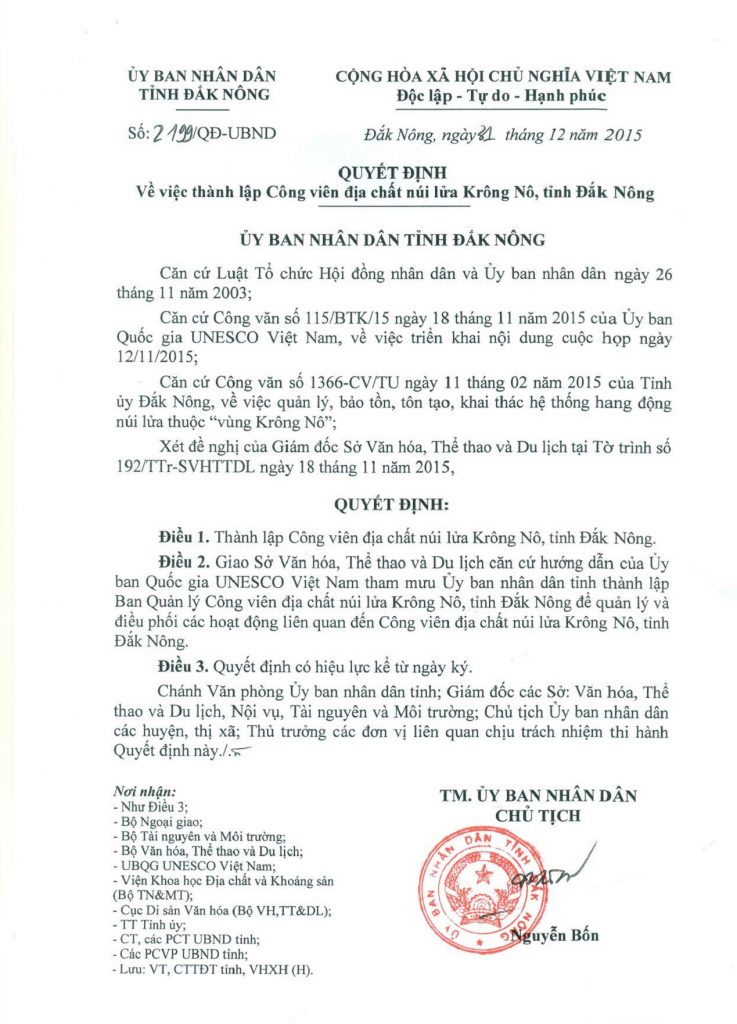In 1898, the French began their invasion of the Central Highlands, with the first move to Buon Don and afterward Daklak plateau. In 1904, the colonial provincial administration was established and divided Daklak plateau into five districts
Realizing the difficulty of transportation and reinforcement, in 1941 the French government decided to build Serepok bridge to shorten the distance and invade the South. After 16 years of construction, using workers from nearby villages and among prisoners, on the inauguration day in 1957, the French engineer’s spouse invited a beautiful Ede lady, together they wore traditional Ede custome with high heels to walk over the bridge to prove its safety. At that time the bridge was named Bridge 14 after the name of National Road 14 by the French while locals normally called it Serepok Bridge (across Serepok River).
In the anti American war (1954-1975), the Bridge 14 was fully exploited by the US imperialists and the puppet forces to strictly control the two sides of the bridge 14, preventing all resources transportation of the Vietnamese military. Noticeably from here, our army and people opened an important advance towards liberating Buon Ma Thuot (Dak Lak), heading towards Saigon (now known as Ho Chi Minh City) to completely liberate the South, unifying country.
From 1975 to 2015, Bridge 14 still witnessed and accompanied with the locals to build and develop the economy.

With high demand of transporation, the Dak Lak government decided to build a new bridge parallel with the Serepok bridge. It was completed and put into use in 1992. In 2014, the Dak Lak and Dak Nong governments continued to construct the third new bridge, between two former bridges. Finally, Serepok bridge was able to close its original history. Up to now, this bridge remained intact throughout nearly 80 years of existance. Though not being used nowadays, its memory still remains among older people who live on both sides of the bridge in Serepok villages.



